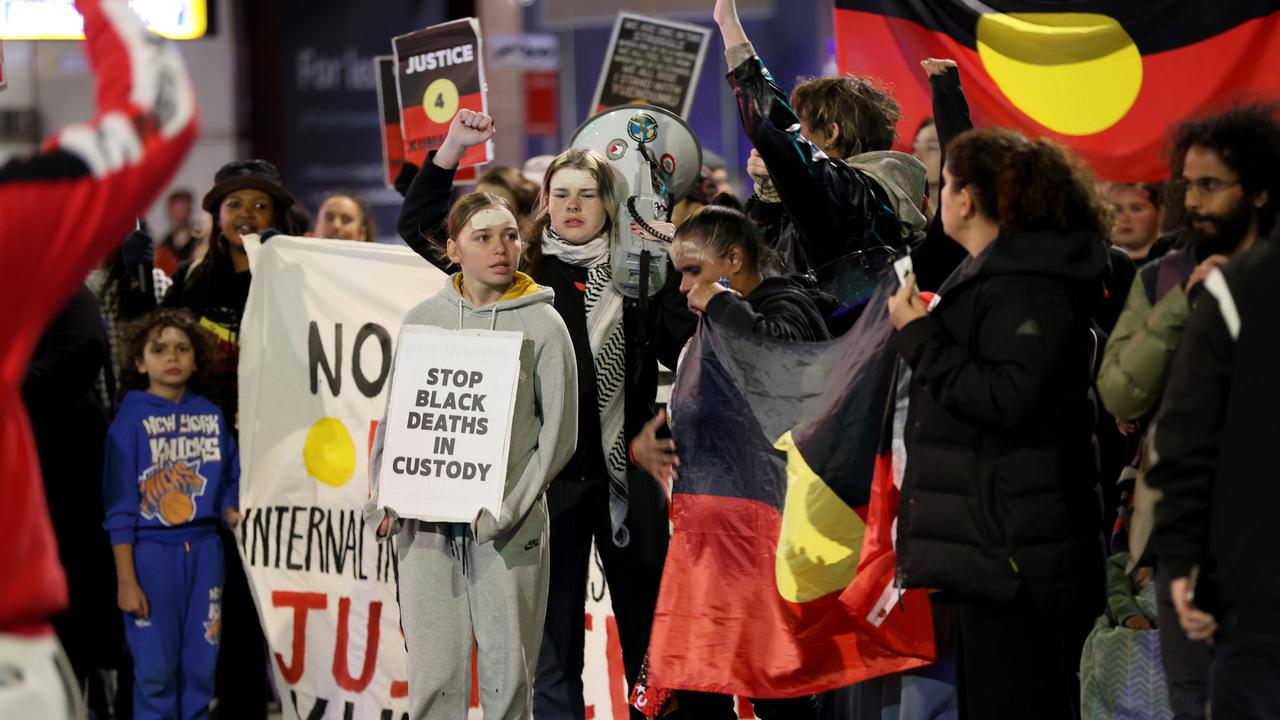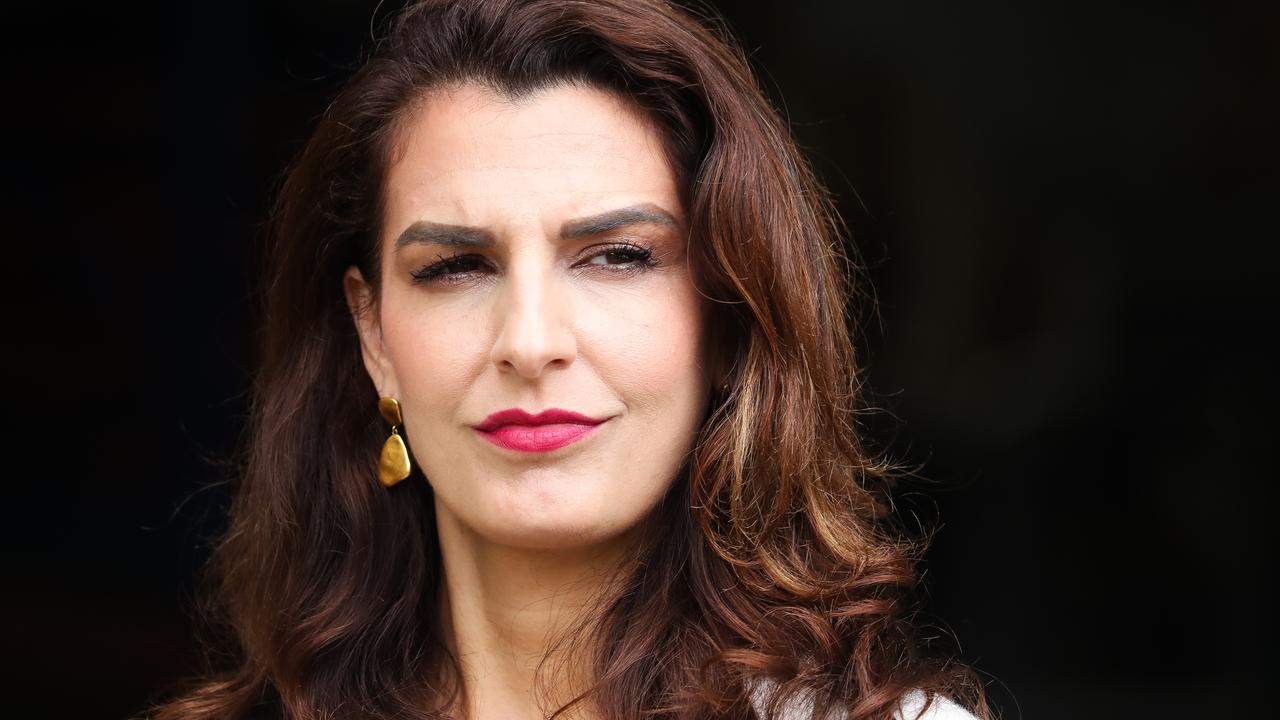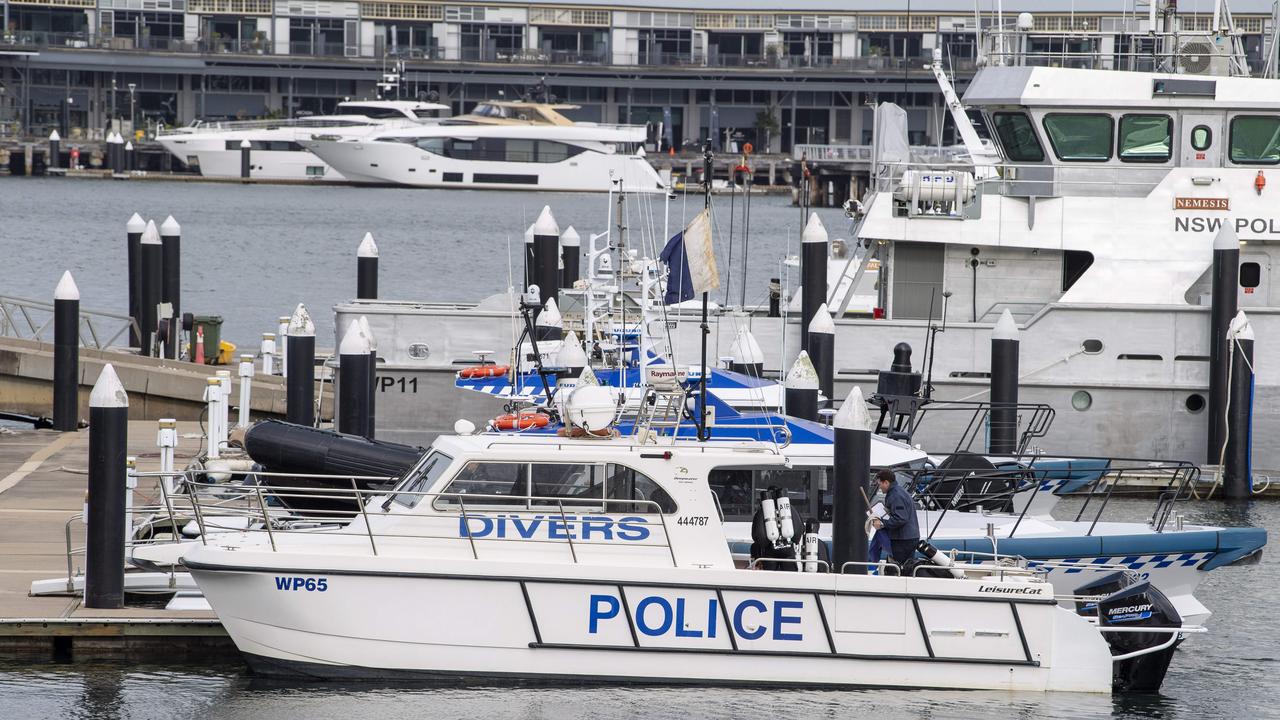Australia’s jihadist scene has been very small and terror experts are trying to connect the dots to most recent alleged plot
AUSTRALIAN jihadism can be traced back to a Sydney Olympics plot - which was the first major attack planned here.
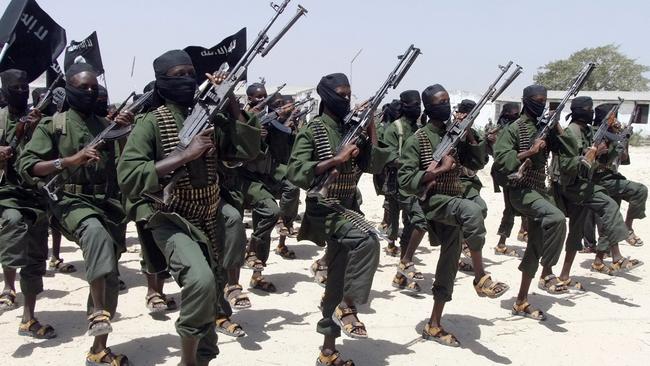
AS DISTURBING allegations about the latest terror plot in Australia emerges, experts will be watching closely to see whether they can join the dots with other foiled attempts.
There have been four previous major terror plots in Australia with the earliest one dating back to the Sydney Olympics in 2000, a year before the September 11 attacks in America shocked the world.
According to Andrew Zammit, researcher at the Global Terrorism Research Centre at Monash University, three of these plots involved one or more people who had attended either an al-Qaeda training camp in Afghanistan or a Lashkar e-Toiba camp in Pakistan.
“Australia’s jihadist scene is very small. The most serious activity has involved a few dozen people out of a 476,000-strong Muslim population,” Zammit wrote in a blogpost examining Australian jihadism up until the end of 2012.
RELATED: Alleged terror plot to kidnap and behead random person in Sydney

“Whenever a jihadism-related event occurs in Australia, a quick bit of searching reveals connections to earlier groups and activities.”
He said Australian jihadism had also not been occurring over a long time period.
“It is largely a post-2000 phenomenon, unlike the US and France which experienced jihadist plots during the 1990s.”
AUSTRALIA’S FAILED TERROR PLOTS
• Al-Qaeda and Jemaah Islamiah planned bombing of Israeli and Jewish targets in Sydney during 2000 Olympics.
• Lashkar e-Toiba-led plot foiled in 2003. Participants collected maps of Australia’s electricity supply and sought information about making bombs.
• Operation Pendennis in 2005 uncovered two terror cells in Melbourne and Sydney.
• Plot from an al-Shabab associated group to attack Holsworthy Army Barracks in Sydney in 2009.
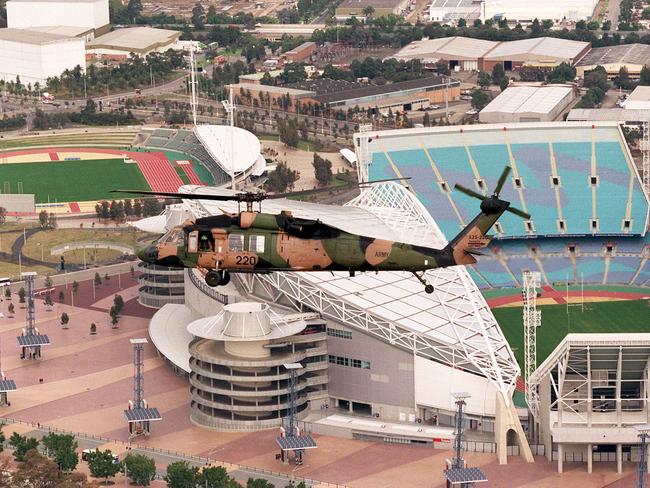
THE GOOD NEWS
Mr Zammit said only the Holsworthy plot did not involve people who had attended terrorist training camps in Pakistan and Afghanistan.
“But there was a direct relationship with an established jihadist organisation (al-Shabab) in a conflict zone and social links to an earlier, failed cell,” Mr Zammit writes.
“In fact, there have been friendship or family links between most Australian jihadist incidents. In this way, our jihadist scene is very similar to the UK’s, but different to US’s, where plots tend to be self-contained.”
Mr Zammit said the interconnections found in plots prior to 2012 were actually a positive sign.
“That the same groups and individuals keep popping up, again and again, is yet more proof that we are not seeing some sort of widespread spontaneous Muslim rage but a small and persistent extremist fringe.”
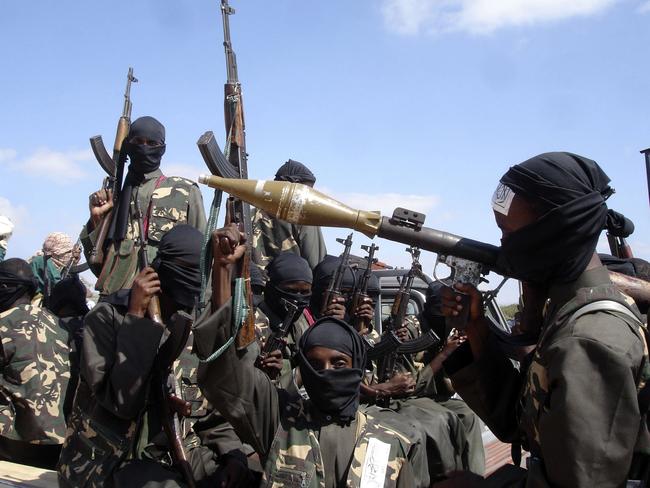
It also meant that Australia’s jihadist scene was closely monitored.
“The small and interlinked nature of our jihadist scene, the vast size and budgets of our security agencies, and consistent cooperation from local Muslim communities, have all made this possible,” Mr Zammit concludes.
“Authorities have investigated and gathered evidence on jihadist plots at their very early stages, and indeed been accused (sometimes accurately) of being overzealous.”
He said in both the Pendennis and Holsworthy cases there was evidence that aspiring jihadists attempting to train or fight overseas were being stopped by Australian authorities, often by ASIO confiscating their passports.
BUT THIS COULD BE CHANGING
Over time though, the connections seemed to have changed and experts will be scrutinising the latest allegations to determine whether the historical trend still holds.
“Earlier this century, several different jihadist networks in Australia could be linked to a few central figures. This was sometimes through operational links (joint involvement in criminal activity) or social links (family, friendship or religious teacher-student relationship). This seems to be far less the case now,” Mr Zammit said.
“Some of these central figures have simply been arrested and imprisoned, such as Belal Khazaal, and Abdul Nacer Benbrika.”
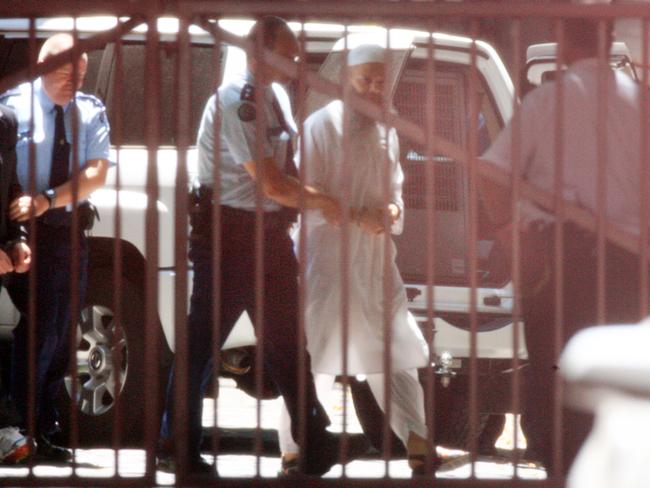
“However some other figures like Sheikh Feiz, who did not have operational involvement but did have social links to many different networks, simply seem to be just much less relevant to Australia’s jihadist scene than they were 10 years ago.
“With the old central figures playing a lesser role, it’s possible that there are new central figures that are simply more underground. However, I suspect that Australia’s jihadist scene is instead becoming more diffuse.”
One of the things Mr Zammit did not expect was the Sydney protests in 2012 against the Mohammed cartoons, as similar incidents had not led to violent protests previously.
“The violence was not an example of jihadism in itself but demonstrated a small and discontented extremist subculture, which has the potential to feed into the other cases of extremism and alleged jihadism, particularly given the highly interlinked nature of Australia’s jihadist scene,” he said.
RECURRING PLAYERS
Mohamed Ali Elomar: The leader of the Sydney Pendennis cell, arrested in 2005 and jailed for more than 20 years, for planning an attack on an unspecified Sydney target. He is the uncle of Ahmed Elomar, who is in jail for bashing a police officer with a flagpole during the 2012 Hyde Park riots, when a protest against an online video deriding the Prophet Mohammed got out of control.
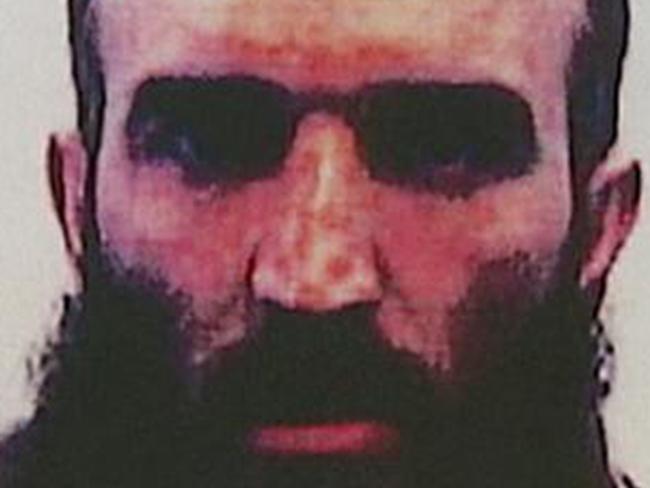
Ahmed is also the brother of Mohamed Elomar, who is believed to have joined Islamic State and has posted images of himself with decapitated heads of Syrian soldiers. Ahmed was also accused of a violent incident in 2011 with Khaled Sharrouf (below).
RELATED: From celebrated boxing champion to wanted terrorist
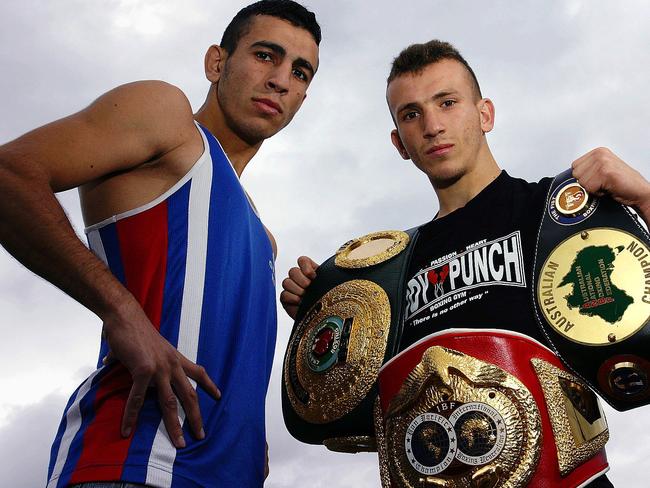
Khaled Sharrouf: One of nine men jailed for preparing for a terrorist attack as part of the Sydney Pendennis cell. The group ordered or bought chemicals which could be used to make explosives and bought firearms. He has become infamous after posting a photo of his son holding a severed head on Twitter.
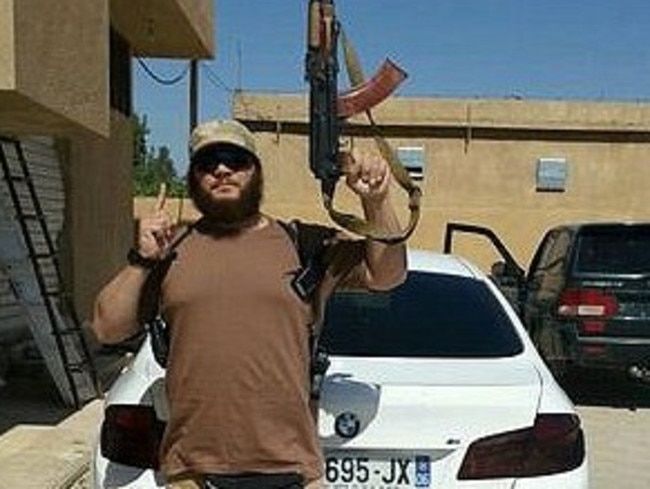
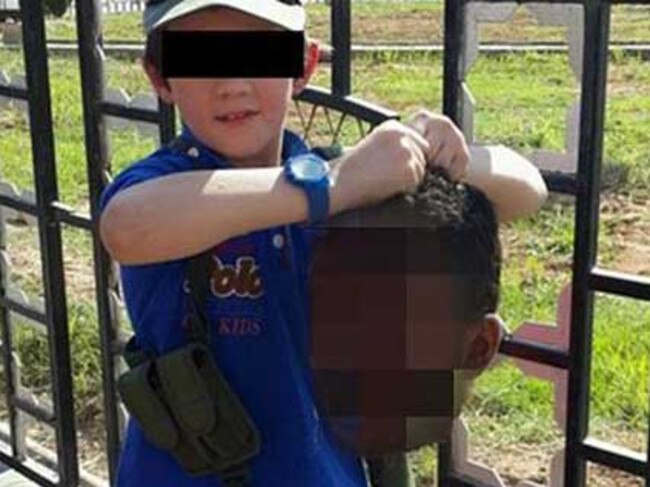
Sheikh Feiz: A radical Muslim preacher who has likened Jews to pigs. Ahmed’s father has accused the sheik of brainwashing his son. May be linked to other Hyde Park protesters.
Belal Saadallah Khazaal: Former Qantas cabin cleaner, sentenced to 12 year’s jail in 2011 for compiling and editing an online jihadist e-book in 2003.

Abdul Nacer Benbrika: Led a terror cell in Melbourne exposed by Operation Pendennis which planned to bomb the MCG on Grand Final day. Was found guilty in 2009 and was jailed for 15 years. Recently two of his followers have been revealed to have close ties with Adam Dahman, who detonated a suicide bomb in Iraq this year. He is also known as Sheik Abu Bakr.

COMPLEX WEB
Alexandra Phelan, a PhD researcher with expertise in terrorism and insurgency at Monash University, said she expected it would be quite some time before links to the latest alleged terror plot were established because of the large number of people.
Hundreds of police raided numerous homes in Sydney and Brisbane today and arrested 15 people. Omarjan Azari, 22, has been accused of conspiring with Mohammed Ali Baryalei, the most senior Australian involved in Islamic State.
Baryalei has reportedly recruited a “who’s who” of Australian IS fighters, including Khaled Sharrouf and Mohamed Elomar, to wars in Syria and Iraq.
Phelan said the relatively large numbers of Australians involved in the latest terror plot and travelling to fight in Syria and Iraq, would make it a complex task to understand how the situation would play out in the future and among the community.
RELATED: About 60-70 Australians fighting with Islamic State
“While it is concerning that this is largest raid in Australia’s history and it should be taken seriously, at the same time it doesn’t necessarily mean there will be an imminent attack,” Phelan said.
“At the moment it is quite uncertain as to how this will play out.”


